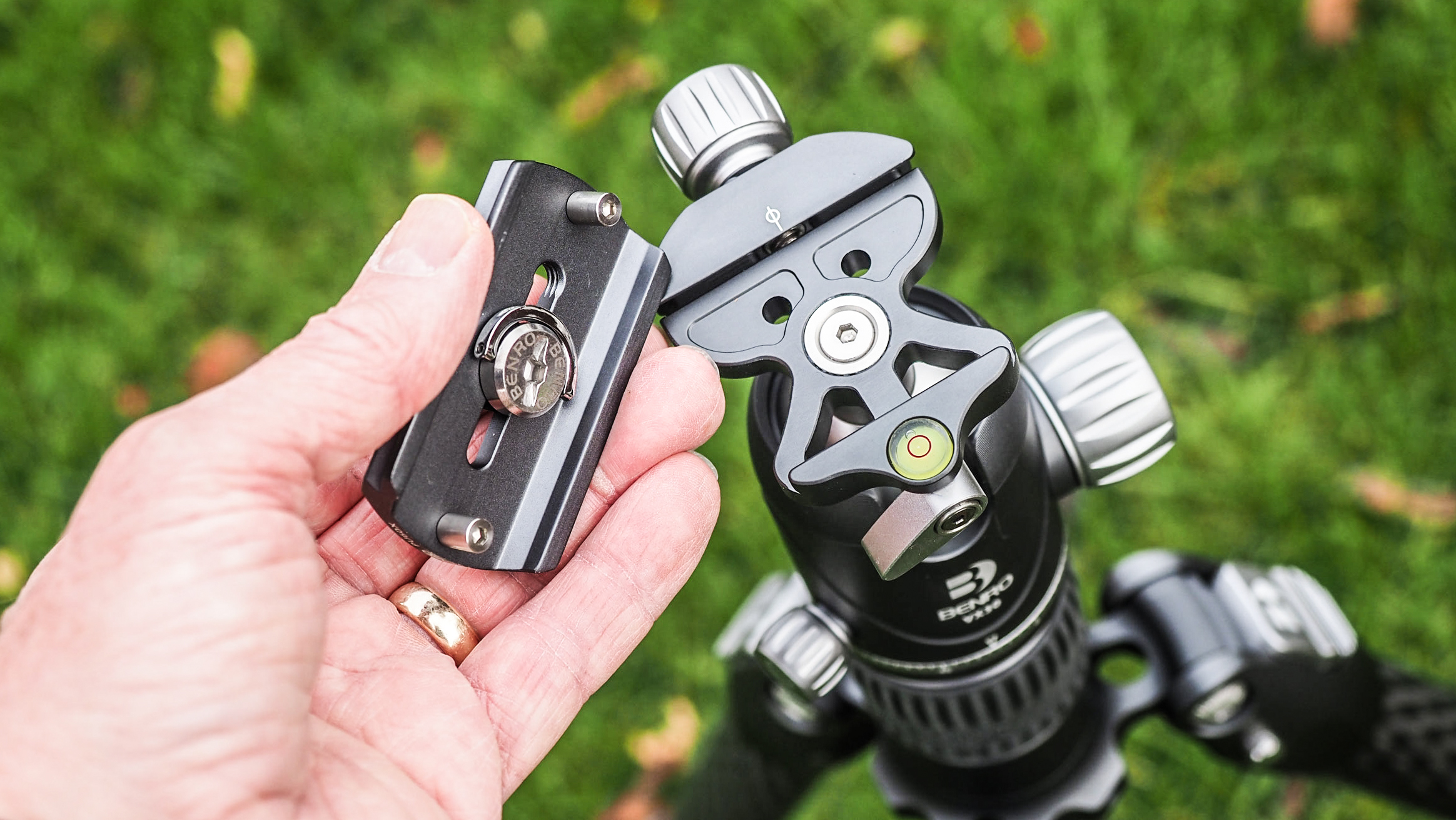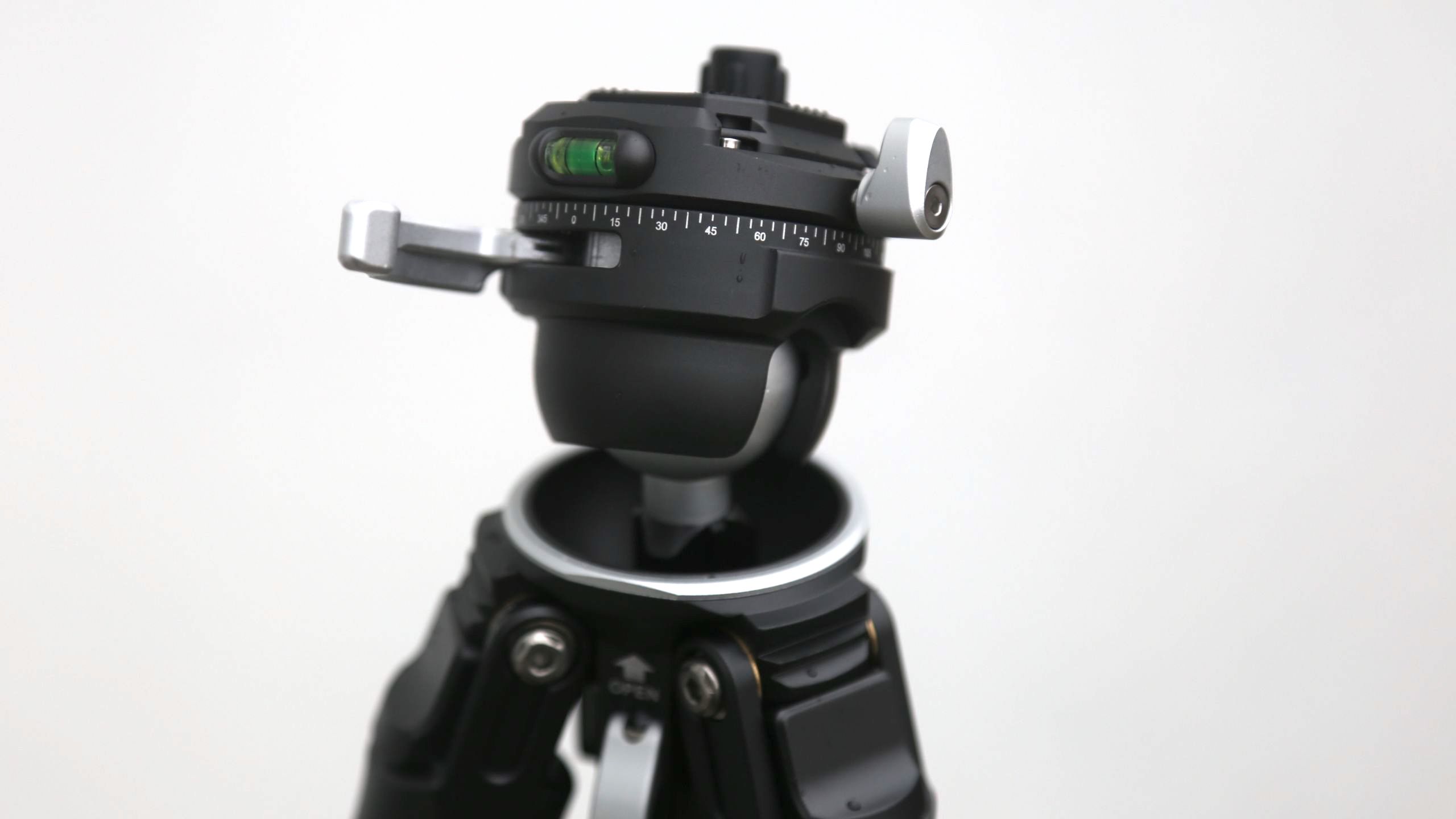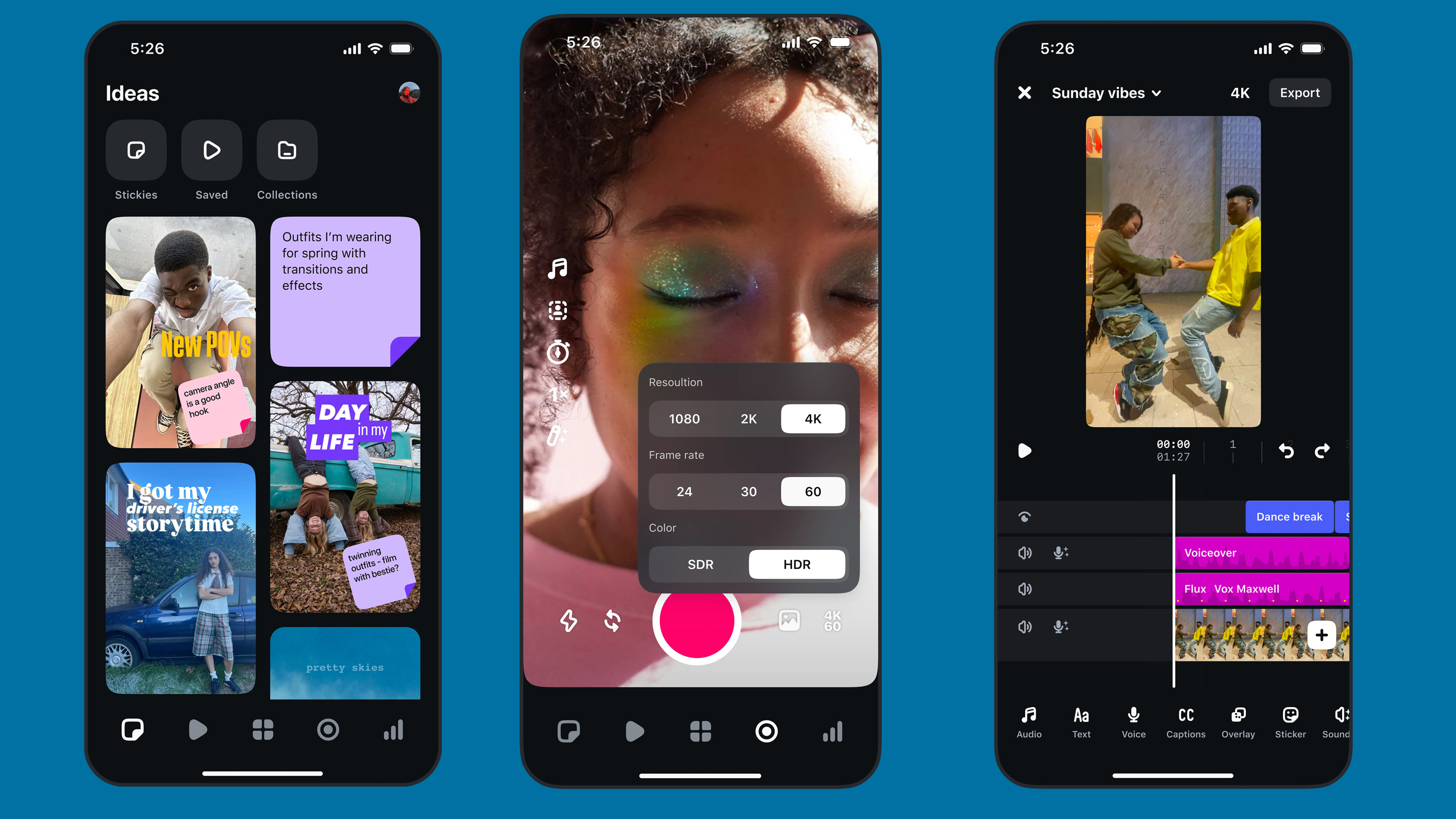I love spirit levels on tripods – but they are garbage!
This is on the level, and I really hate to burst their bubble (insert your own three-legged gag here)

Spirit levels on tripods? Who could argue with that? You want your photographs to be level, right? Of course you do – but the microscopic bubbles tripod makers mold into their tripods and heads are too small to see and, even if you can see them, too inaccurate to be any good even if you have macro lenses instead of eyes. And they’re usually in the wrong place too.
While we’re talking of eyes, you’re better off using these to check your camera is level, and it’s easy enough to do with mirrorless cameras and live views, especially since many of them have digital levels built in that are far easier to see and far more precise than the bubble levels on even the best tripods.
These are particularly annoying and pointless when they are on the tripod head and not the base. If you’re planning any kind of panning movement, you need to get the tripod BASE level, not the camera.
It’s not just panning shots and panoramic ‘stitchers’ for stills shooters. For video, it becomes a whole lot more important because panning shots are a filmmaking staple.
Try it for yourself. Set up your tripod, use the ball head to level the camera and then start panning to see what happens. If the camera stays level, good for you, you got it right first time. If it doesn’t, well, join the club.

Your tripod base must be level, not just the camera
Anyone can get the camera level if they have a ball head. But if the tripod base itself is not level – i.e. the base on which the tripod head is mounted – the moment you start panning, the camera will start tilting.
If you need to pan the camera, the pan axis must be on a completely level base. This is why video tripods have ‘bowls’ (it’s quicker than fiddling with the legs to level the base) and why any kind of spirit level needs to be directly below the tripod head’s panning axis.
Get the Digital Camera World Newsletter
The best camera deals, reviews, product advice, and unmissable photography news, direct to your inbox!
Video tripod bowl mechanisms are the usual (big and expensive) solution for video tripods, but there are some interesting tripod head designs that can achieve something similar from the Benro Rhino, for example, and Ulanzi F38. These head designs add a pan axis ABOVE the ball head. You can level up the camera with the ball head – easy – and after that it will pan flat and level. This is a feature that could be made standard on any of the best ball heads – it simply means placing the ball below the pan axis and not above it.
The spirit level as a concept has a reputation for accuracy and precision that will appeal to painstaking photographers. However, I don’t think either adjective – accuracy or precision – can be applied to the tiny bubbles built into tripods.

Rod is an independent photography journalist and editor, and a long-standing Digital Camera World contributor, having previously worked as DCW's Group Reviews editor. Before that he has been technique editor on N-Photo, Head of Testing for the photography division and Camera Channel editor on TechRadar, as well as contributing to many other publications. He has been writing about photography technique, photo editing and digital cameras since they first appeared, and before that began his career writing about film photography. He has used and reviewed practically every interchangeable lens camera launched in the past 20 years, from entry-level DSLRs to medium format cameras, together with lenses, tripods, gimbals, light meters, camera bags and more. Rod has his own camera gear blog at fotovolo.com but also writes about photo-editing applications and techniques at lifeafterphotoshop.com
